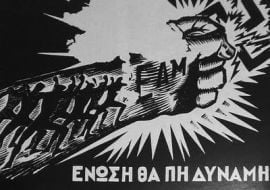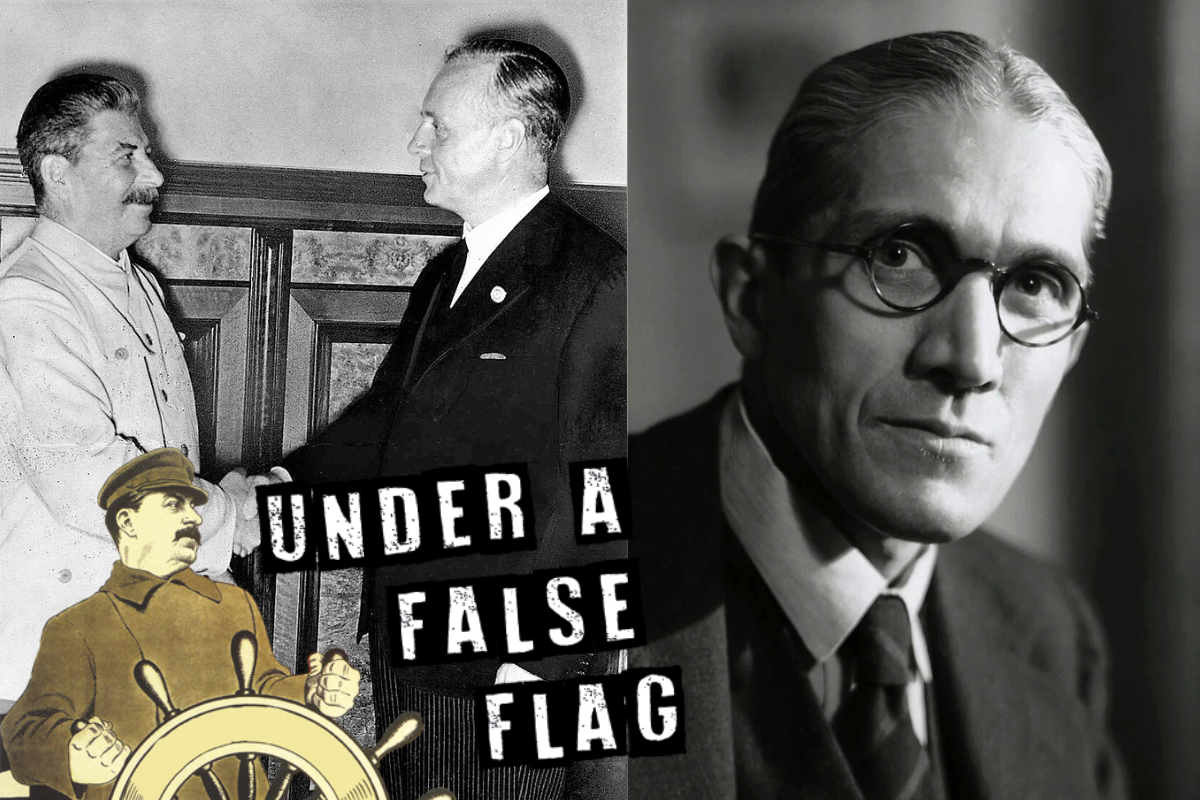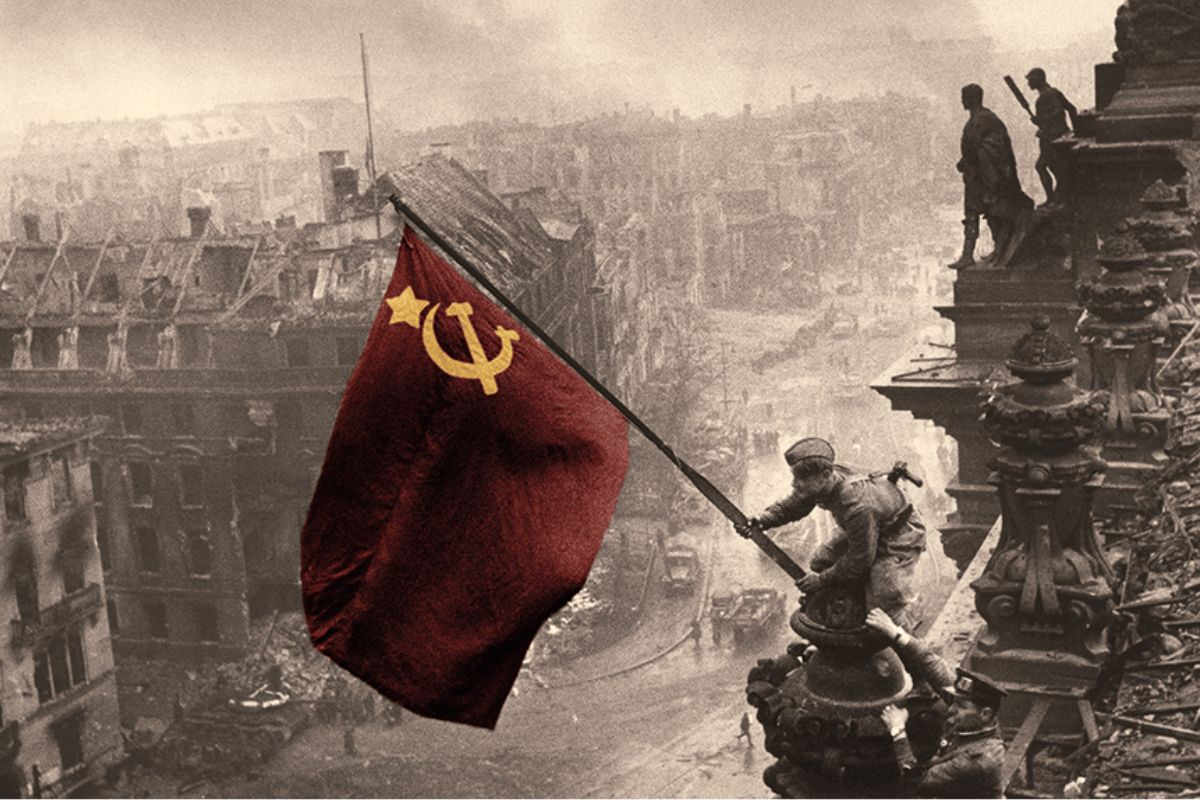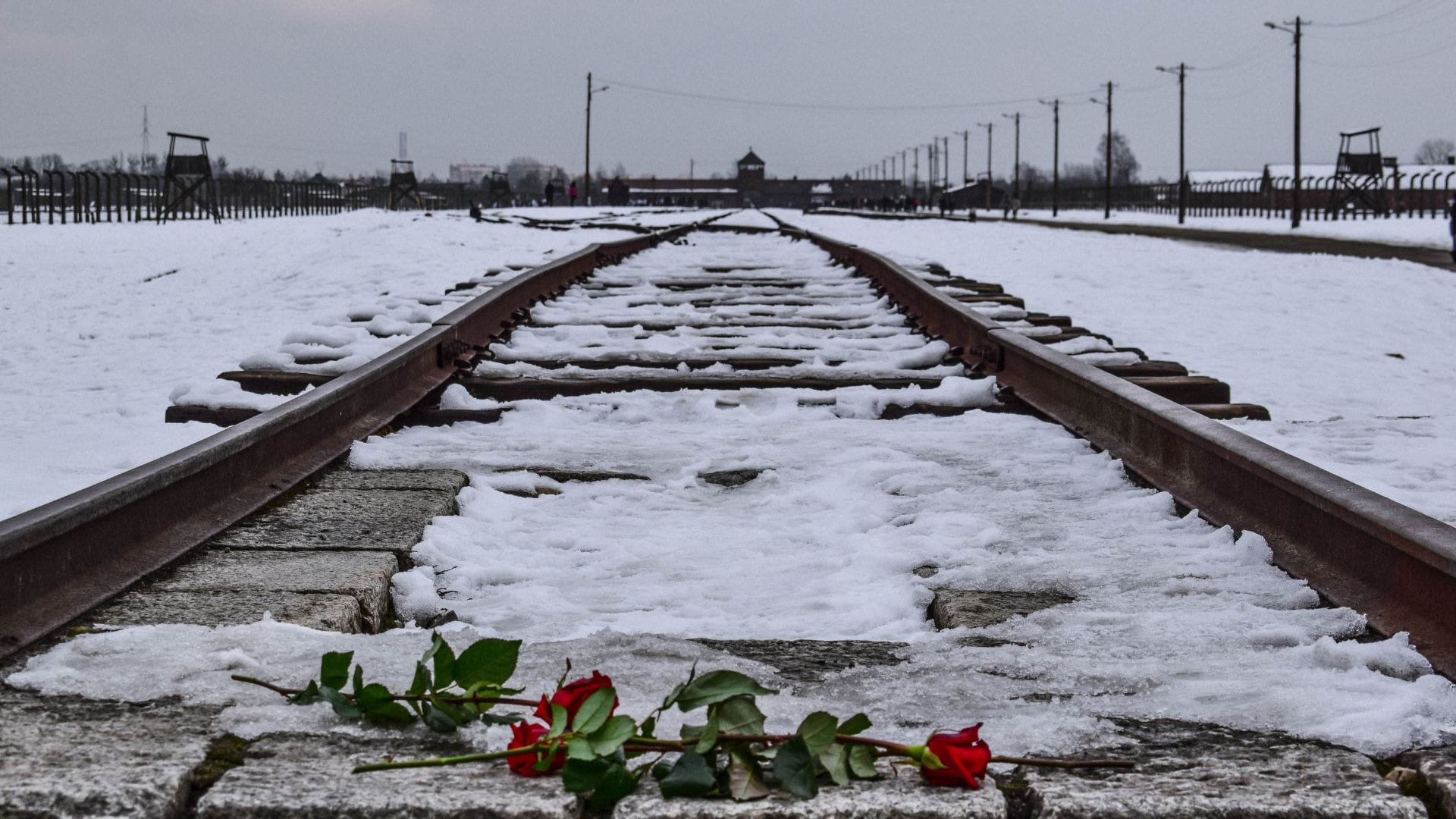Arturo Rodriguez of the Oxford Marxists looks back at the events surrounding the Battle of Athens, one of the most dramatic episodes of the Greek Revolution and Civil War over 70 years ago. With Greece once again in the midst of revolutionary developments, we analyse the lessons of 1944.
On the December 3, 1944, British snipers, the Athens police, and fascist paramilitaries opened fire on a demonstration of communist sympathisers in Athens’ Syntagma Square, leaving 28 dead. They were protesting against the provocations of the Greek bourgeois parties and the British imperialists, who were trying to derail and crush the mass revolutionary movement that had defeated the Nazis. Thus began the Battle of Athens.
This was one of the most dramatic episodes of the Greek Revolution and Civil War. Today, seventy years later, Greece finds itself in the midst of another major crisis with the workers and the bosses lining up on opposite sides once again. It is time to reflect on the events of the 1940s and draw the lessons for today.
Greece and the Second World War
In April 1940, fascist Italy launched an offensive against Greece from Albania after delivering a sham ultimatum to Athens. At this point, Greece was under the iron fist of General Ioannis Metaxas, a military dictator that had seized power in 1936. Metaxas was a Bonapartist figure that had come to power in the context of decomposition of the bourgeois state.
The interwar period had seen a series of coups and counter-coups by different sectors of the bourgeoisie. The ruling class was divided into the ever-squabbling Liberal and Conservative camps, the former based on the entrepreneurial bourgeoisie, an important sector of which came from Asia Minor (Turkey), and the latter on urban small property owners and small farmers. The national ruling class was weak and closely connected to the state and to imperialism, and had been unable to develop Greece’s productive forces.
The incapacity of any sector of the Greek bourgeoisie to consolidate significant support was compounded by the global economic crisis and the growth of the labour movement under the leadership of the Greek Communist Party (KKE). In the interwar period, the working class had grown numerically and matured politically: between 1917 and 1928 trade union membership had more than trebled. The very militant tobacco workers’ strike in Thessaloniki in 1936 and the modest, although impressive, electoral growth of the KKE convinced the ruling class of the need to move towards military rule.
The KKE’s base of support had remained limited relative to the overall size of the population, reflecting the fairly low level of urbanisation and industrialisation of the country (the urban working class only represented 14% of the population in 1928). Nevertheless, there was a fear that the small but militant Greek proletariat could win over the broad masses of impoverished peasants that made up the overwhelming majority of the population, as the Russian workers had done during the October revolution.
If one thing characterised the Metaxas regime, it was its vitriolic anti-communism. Thousands of suspected communists were imprisoned, tortured, and sometimes shot. The gendarmerie swelled by 20%, while the special, anti-communist secret police grew fivefold. This dictatorship was narrowly based on powerful Greek industrialists and bankers, which after years of instability had had enough with “politicians” and “parliaments” and was terrified of the labour movement, and, more broadly, on the traditional base of support of the Conservative party amongst backward farmers and small property owners. However, it remained an unpopular regime that even faced the animosity of certain layers of the bourgeoisie, the intelligentsia, and the petty-bourgeoisie, and increasingly had to resort to repression to maintain its hold on power.
That such a fascist regime would stand up to Mussolini might seem surprising. However, the close connection between the Greek ruling class and British imperialism, which went back over a hundred years, and the fact that Mussolini had side-lined the Germans in his adventure as an act of bravado, drove the Metaxas regime to resist, receiving significant British support.
The Greek ruling class also had a tradition of expansionism and militarism, and looked with envy at Italian-controlled Albania. Resistance to Italian fascism for the first time won Metaxas a substantial measure of popular support, and the Greeks were able to stop the Italian offensive and drive it back into Albania. However, the death of the Bonapartist leader in January 1941, and the powerful intervention of Hitler, who wanted his Balkan flank shielded in preparation for Operation Barbarossa, eventually led to the defeat of Greece, which was under full Axis occupation by May 1941.
The resistance movement
 Most of Greece was handed over to the Italians and the Bulgarians, although the Germans called the shots, occupying Athens, several islands, and other strategic areas. From the beginning the Axis treated Greece as a provider of cheap goods and raw materials. Greece was forced to pay for the costs of the occupation and large amounts of food and supplies were taken over by the Axis. This rapidly led to widespread famine where as many as 300,000 died. Draconian economic measures were combined with repression against any form of opposition. Indeed, the brutality of the occupation in Greece was almost unmatched in Europe.
Most of Greece was handed over to the Italians and the Bulgarians, although the Germans called the shots, occupying Athens, several islands, and other strategic areas. From the beginning the Axis treated Greece as a provider of cheap goods and raw materials. Greece was forced to pay for the costs of the occupation and large amounts of food and supplies were taken over by the Axis. This rapidly led to widespread famine where as many as 300,000 died. Draconian economic measures were combined with repression against any form of opposition. Indeed, the brutality of the occupation in Greece was almost unmatched in Europe.
In these conditions, a powerful resistance movement rapidly began to take shape. This was spearheaded from the beginning by the KKE, which gathered around it the trade unions and a few minor peasant organisations to form EAM (Greek Liberation Front) and its armed wing, ELAS (Greek People’s Liberation Army). The movement was initially based among the Athens working class, as well as in Thessaloniki and other major towns and among the demobilised troops that had fought the Italians. The Greek Communist Party had been steeled in the underground struggle during the years of the brutal Metaxas dictatorship and was the bravest and most committed movement in the fight against fascism. Gradually, throughout 1941, KKE cadres left the cities escaping repression or to organise resistance cells in other areas, and in the mountains and villages a powerful partisan army emerged. The KKE was able to connect with the poor peasantry, which furnished most of ELAS’ manpower. Whole villagers took to the mountains. The fear that had haunted the Greek bourgeoisie, that the labour movement would awaken the poor peasantry, was becoming reality.
What needs to be stressed is that this was not simply a “national liberation war”, but a struggle for laokratia (people’s power). It was under the banner of social revolution and with the promise of handing power to the workers and peasants that the KKE was able to give birth to a mass resistance movement. Although nominally following Stalin’s Popular Front strategy, which dictated class collaboration with the so-called “progressive bourgeoisie” and the abandonment of socialist slogans, the KKE was effectively cut off from Moscow throughout the occupation and therefore free to adopt a more revolutionary line. Moreover, the KKE leadership was often overwhelmed by its growth and had little or no control over local affairs, with rank and file cadres and the masses themselves taking the initiative.
In the villages and towns controlled by EAM, society underwent a veritable revolutionary transformation. Justice was delivered by People’s Courts which, unlike the old courts of the bourgeois state, were public, free, and run in demotic, modern vernacular Greek, instead of the katharevousa high-Greek spoken by the elite. Land and wealth were redistributed and suspected collaborators, who were often the local potentates, were severely punished. Democratically elected people’s councils managed local affairs. These were working bodies that organised production and the distribution of food and basic goods; set wage rates; managed public services like poverty relief, entertainment and education; and coordinated with other councils and organised the war effort.
On the basis of the people’s councils, EAM organised national elections in the spring of 1944 to elect a National Council. Under harsh conditions of war and occupation, 1.5 million people voted – more than in the previous bourgeois elections of 1936. Although the elections were open to non-EAM and non-KKE members, the EAM-KKE candidates swept the board. Historian Mark Mazower, not particularly sympathetic towards EAM, describes the makeup of the new revolutionary government:
“The traditional stranglehold of lawyers and doctors had been broken: speakers in the extraordinary and undeniably moving Council sessions included women, farmers in their working breeches, workmen, artisans, priests and journalists.” This showed the enthusiasm sparked by the revolutionary democracy that was being born out of the resistance movement. Like the soviets of the Russian Revolution, the Greek people’s councils were the seeds of a new workers’ and peasants’ state – as a Greek peasant told an American agent inquiring about what post-war Greece would look like, “it will be a type of government where the common people run the country.”
Liberation from the occupiers also meant liberation from patriarchal and national oppression. As in all revolutionary movements, the role of women improved dramatically: thousands fought as partisans and for the first time were given real power to decide over their own lives and over their communities. It was EAM that first gave the vote to Greek women. Likewise, the youth, traditionally under the yoke of the family and the elders, were given a real taste of freedom.
As an informer for the Cairo bourgeois politicians worryingly noted: “The youth of our country of both sexes, almost in its entirety and especially in the towns, has aligned itself with the Leftists, and the enemy occupation has accustomed them to express their ideas fearlessly, and to uphold them by any means.”
EAM set up schools and fought illiteracy, rural backwardness and religious superstition. EAM’s solidarity organisation, EA (National Solidarity), offered extensive famine relief. In areas inhabited by ethnic minorities, like the Slavic-speakers of Macedonia and Thrace or the Albanians of Epirus, the resistance movement broke with years of chauvinism and national oppression and liberated the oppressed minorities, who fought bravely alongside their Greek class brothers and sisters. Greece’s Sephardic Jews, who had lived in the region for centuries and were being savagely rounded up by the Nazis and deported to the death camps, found support and protection from EAM, with some joining its ranks in the mountains.
It was with a revolutionary platform that a poorly equipped and trained partisan force was able to defeat a powerful modern army. Such revolutionary methods are at the heart of a successful war against fascism. By the summer of 1943, ELAS (the armed wing of EAM), some 30,000 strong, controlled much of rural Greece and had a solid grounding in the working-class districts of Athens and Thessaloniki. ELAS was a revolutionary army, staffed mostly by young peasant or working-class men and women – in the Macedonian region, for example, only 5% of ELAS’ fighters were white-collar workers or professionals. The Axis forces were weakened by the constant attacks of ELAS. EAM received some modest British support in the form of parachuted supplies and a few military advisors – often upper-class, Oxbridge-educated Classicists who served not only as advisors but also as spies. Indeed, the British did not trust EAM for a minute, although provisionally they had to rely on it. In any case, British support was very modest, and EAM waged the struggle single-handedly.
Faced with such a mass movement, the Germans carried out one of the most brutal anti-partisan campaigns in Europe, following a scorched earth strategy. For every German soldier killed, scores of Greek workers and peasants were massacred and entire villages were burned to the ground. However, the Axis gradually began to lose control of the country. The resistance eventually dented the morale of the German and Italian soldiers, themselves often workers or peasants drafted to fight a cruel imperialist war. Italian soldiers defected in large numbers, with many joining EAM. In a telling incident, the Italian soldiers who made up the firing squad tasked with executing Pantelis Pouliopoulos, heroic leader of the Fourth International in Greece, refused to shoot, and a special detachment had to be called in to kill him. Eventually, the better-fed and equipped German soldiers also began to defect to the partisans in substantial numbers. By October 1944, EAM had liberated the whole of Greece, without any significant foreign backing.
In the meantime, most of the Greek bourgeoisie had fled Greece. They settled in Cairo with King George II under the wing of the British, where they would spend most of the war fighting among each other. Others who remained in the country laid low throughout the occupation, passively acquiescing with the authorities. The repeated attempts made by the KKE leadership to link up with the “progressive bourgeoisie”, as dictated by the Popular Front line, were cantankerously turned down. A very significant section of the upper classes, however, actively sided with the Germans, particularly as the resistance movement picked up.
Mark Mazower describes the mentality of the bourgeoisie: “there emerged a patchwork alliance of Greek anti-communists who were in general motivated less by sympathy for National Socialism than by fear of Bolshevik revolution.” This counterrevolution cut across the republican/monarchist schism that had traditionally divided the ruling class. Faced with the threat of revolution, the bourgeoisie was all too happy to leave aside its differences.
The occupation had a very feeble base of local support, leaning mostly on bourgeois potentates and petty bourgeois elements, but also on the lumpenproletariat, whose “conditions of life prepare it […] for the part of a bribed tool of reactionary intrigue”, as Marx and Engels pointed out. These classes manned the paramilitary Security Battalions, under the supervision of the Germans, which waged a brutal war against the Greek working class and poor peasantry. In reality, already under German occupation, class antagonisms in Greek society had reached boiling point: the civil war began de facto before its official outbreak after liberation.
There was a small, bourgeois “resistance” movement, EDES, led by Napoleon Zervas. He was a former army officer with republican, Anglophile sympathies. Nevertheless, what characterised Zervas was his lack of principles, other than anti-communism. For understandable reasons, he was favoured by the British, who found in him a pliable tool. They were easily able to make him abjure his republicanism and swear loyalty to the king. However, the negligible size of EDES in comparison with EAM made it impossible for London to bank exclusively on Zervas. In the last stages of the war, when the Germans were beating a retreat, EDES, probably with British connivance, had no qualms about striking a Faustian bargain with the Axis against ELAS. In the last months of the occupation, EAM fought a fierce war not only against the Axis and the quislings but also against the “anti-fascist” EDES. In fact, EDES spent little time fighting the Germans, preferring to pillage villagers; terrorise ethnic minorities like the Cham Albanians, who were expelled from the Epirus region by EDES; or, most importantly, in fighting the communists.
The Greek bourgeois state was ready to resist Mussolini with British support and with the Germans out of the equation. However, with the Nazis marching on the streets of Athens and a powerful popular resistance movement developing, the bourgeoisie either laid low, fled, or, more frequently, collaborated with the occupiers. The Greek ruling class was much more afraid of the workers and peasants that were organising in the resistance movement than of the Axis. As EAM activist Dimitris Glinos put it: “What is it which makes them rest content with kafeneion gossiping with their busy acolytes who can’t wait to lick the bone of power as soon as it is offered? Because, above all, they fear the people; they fear their awakening, their active participation in the struggle for redemption.”






